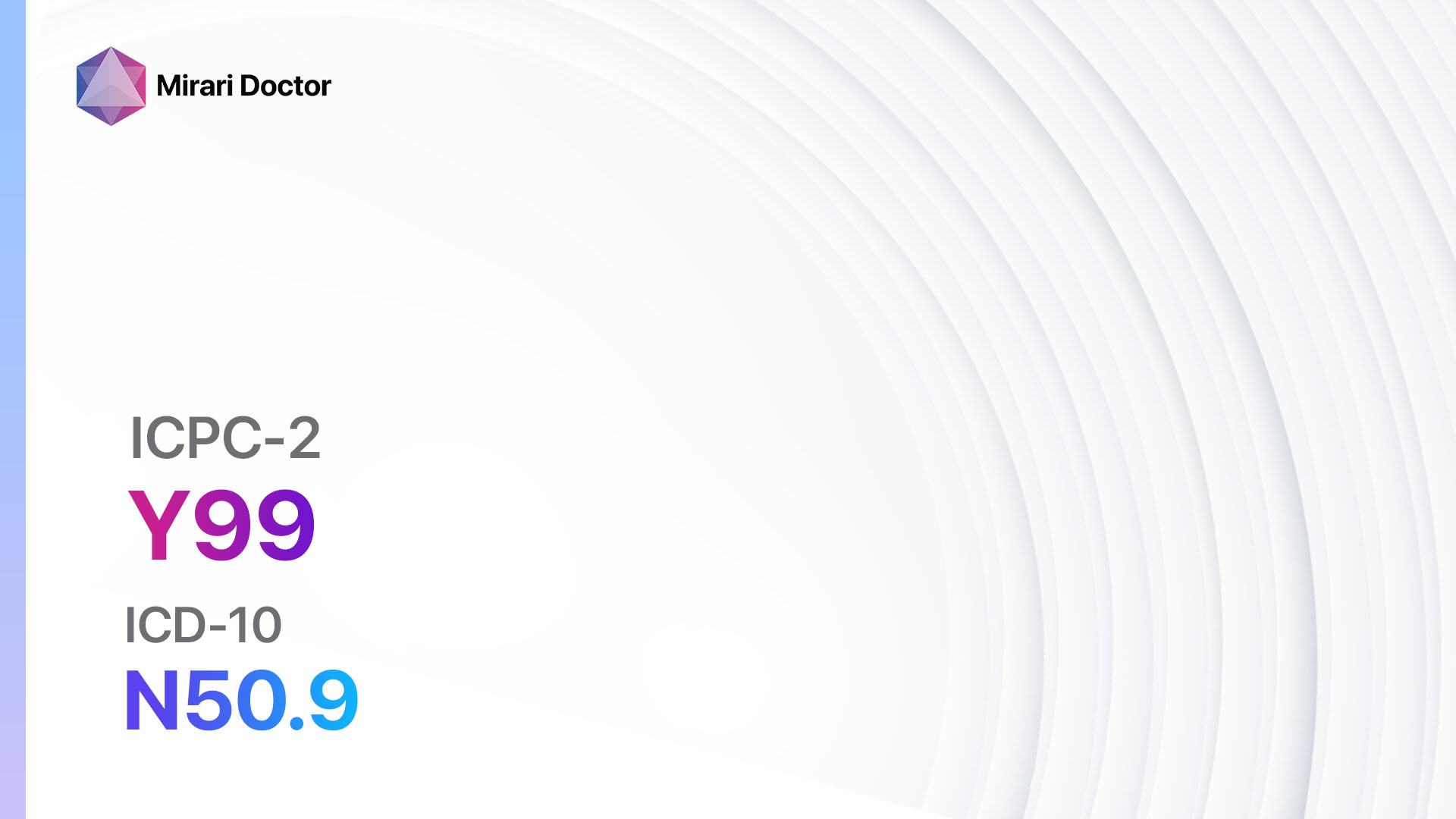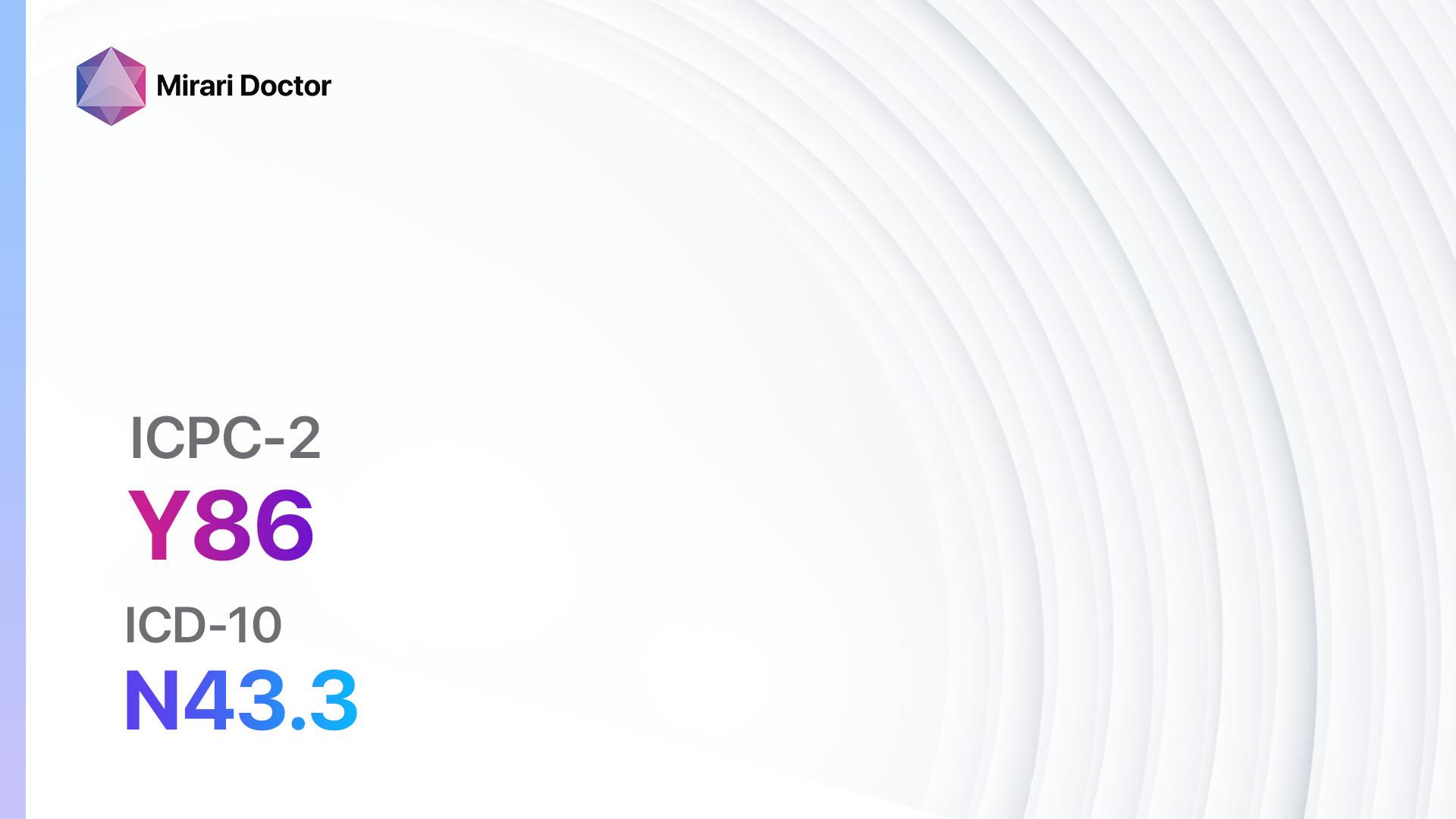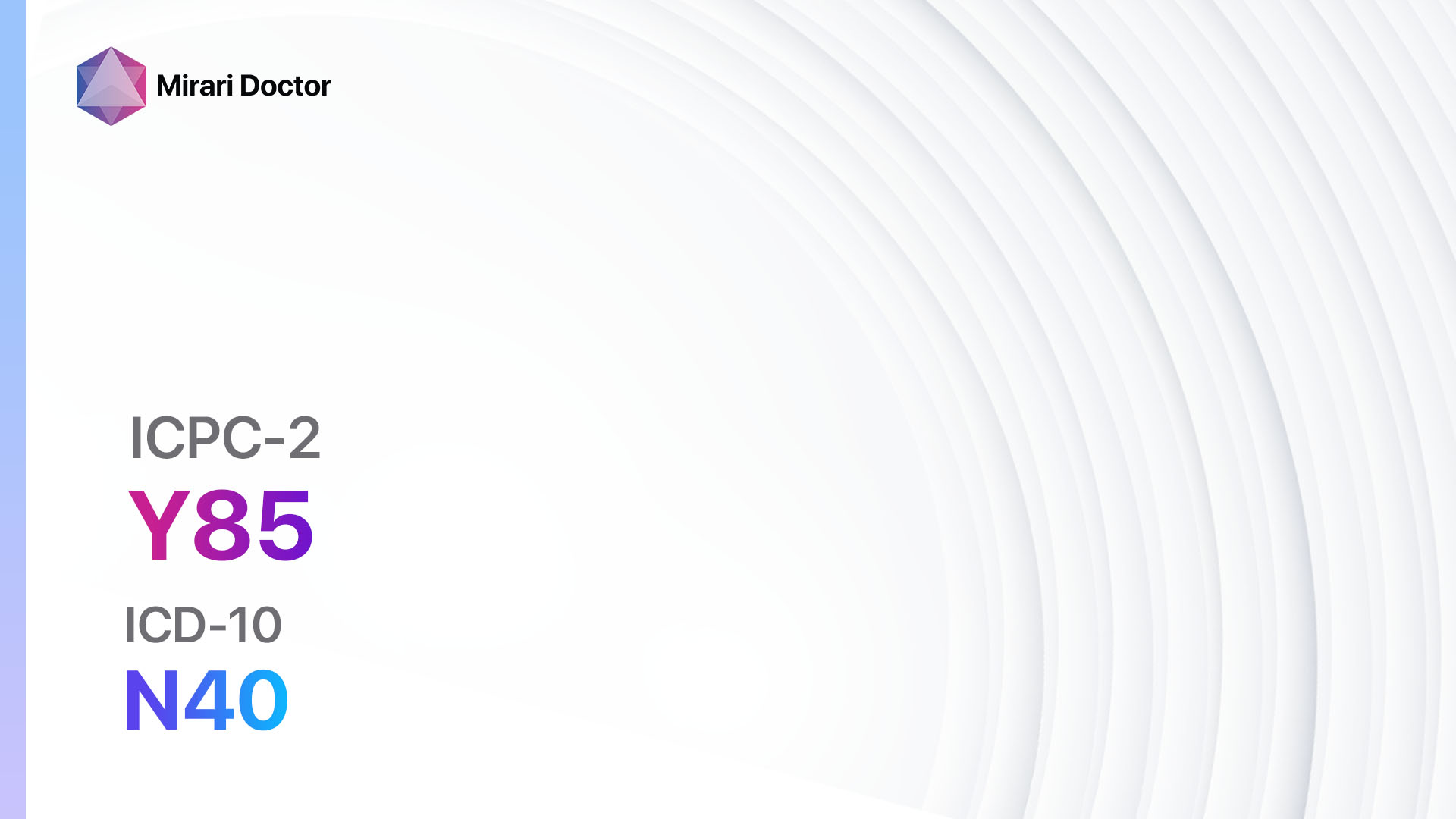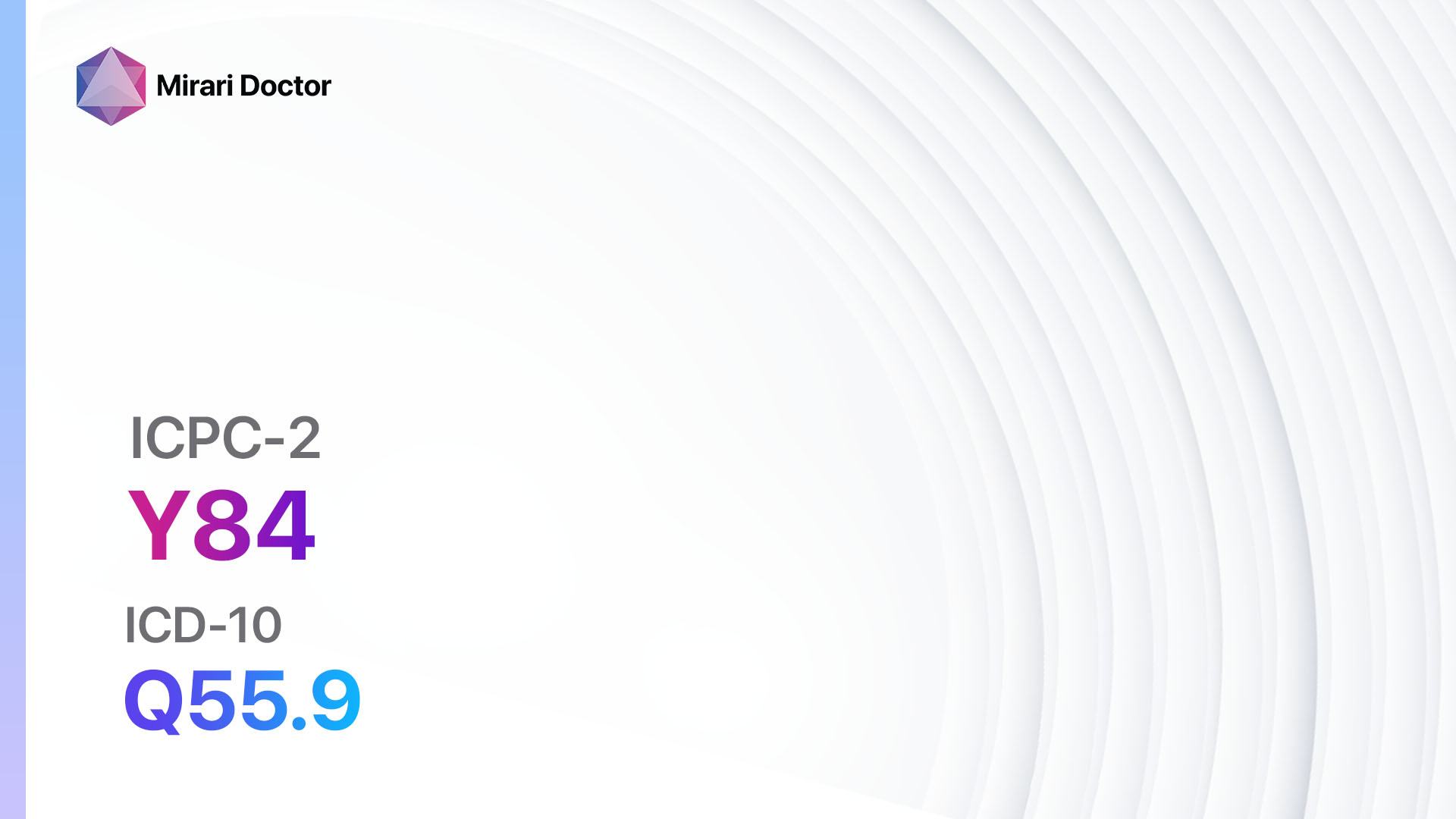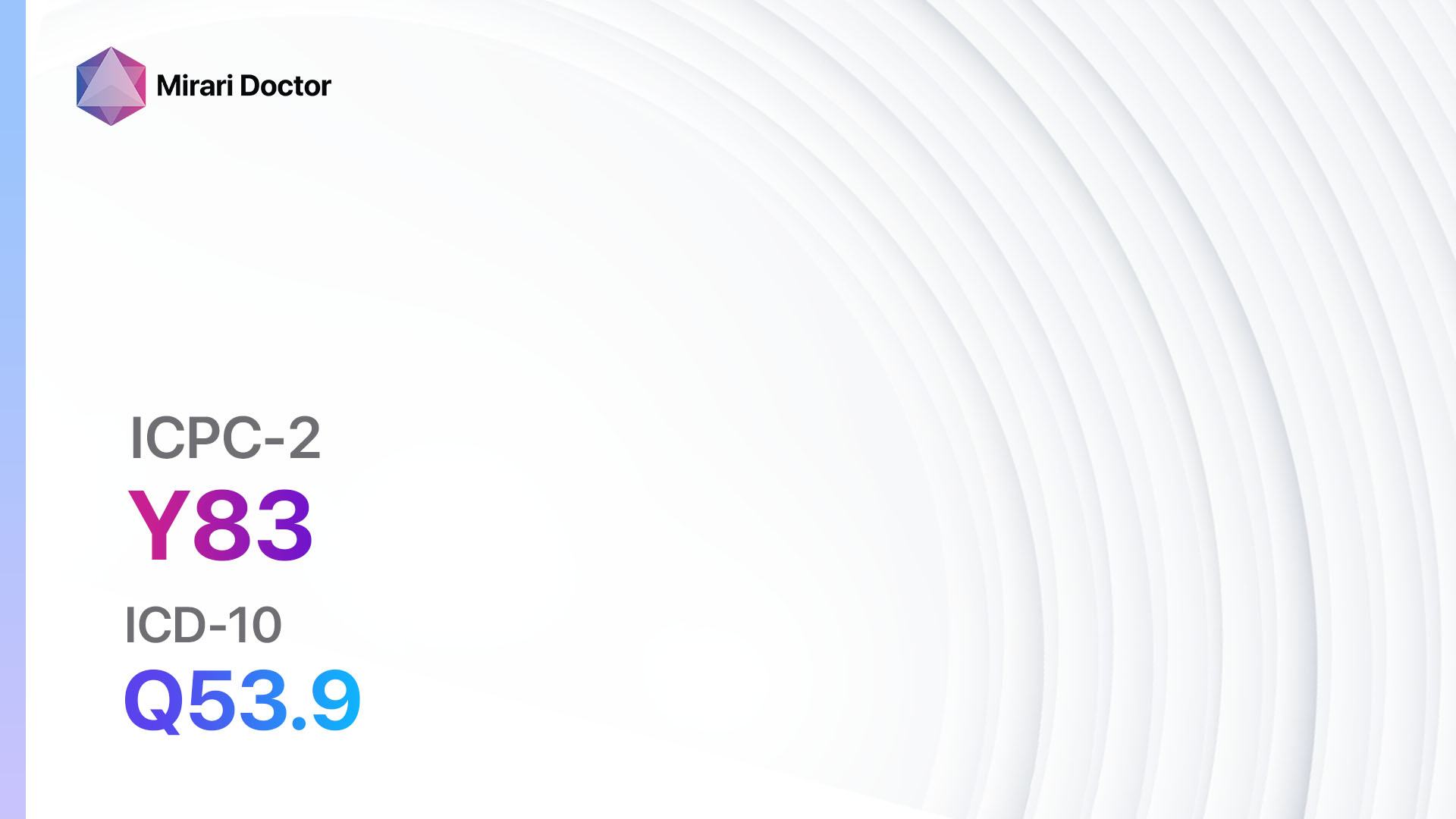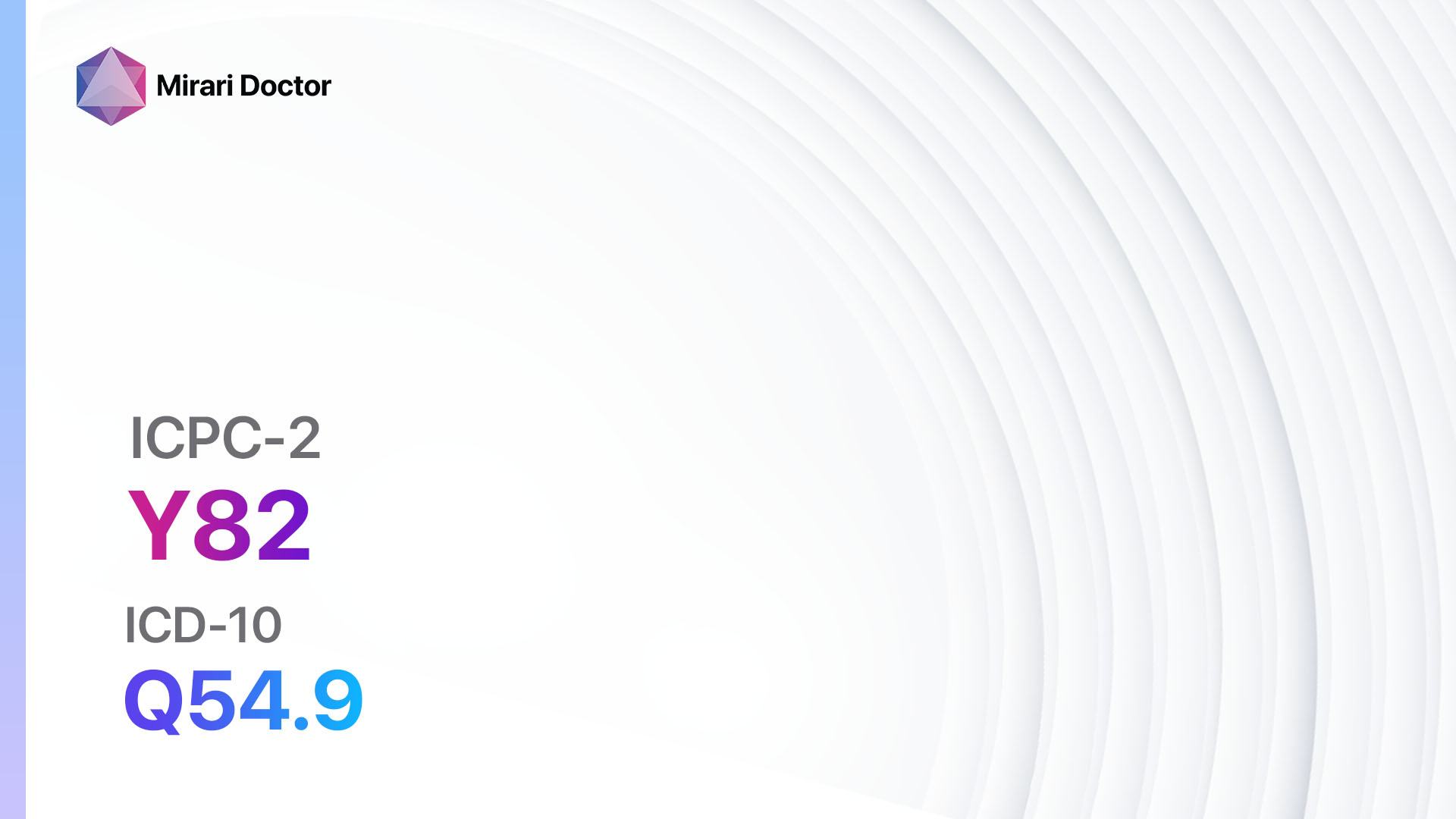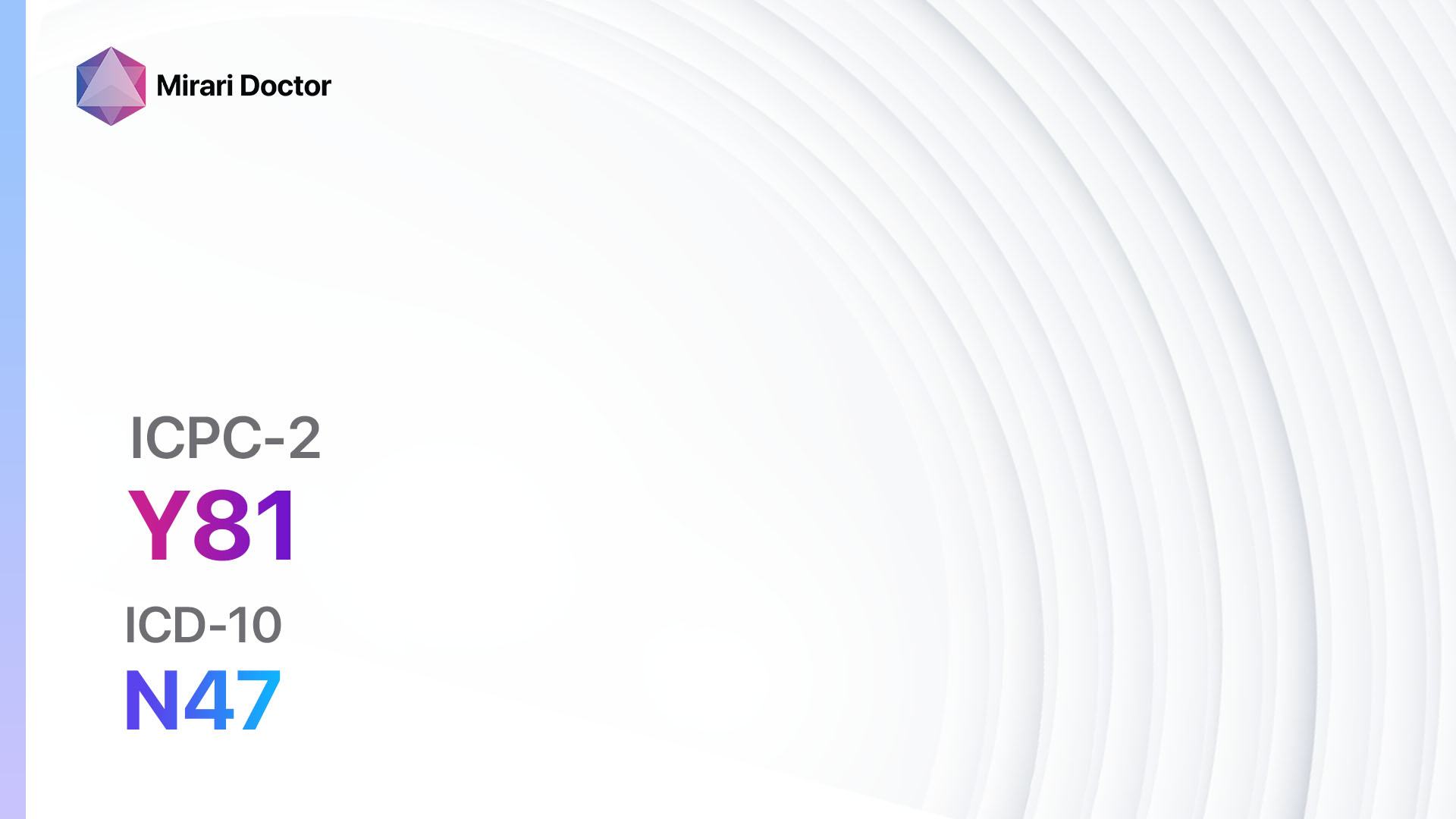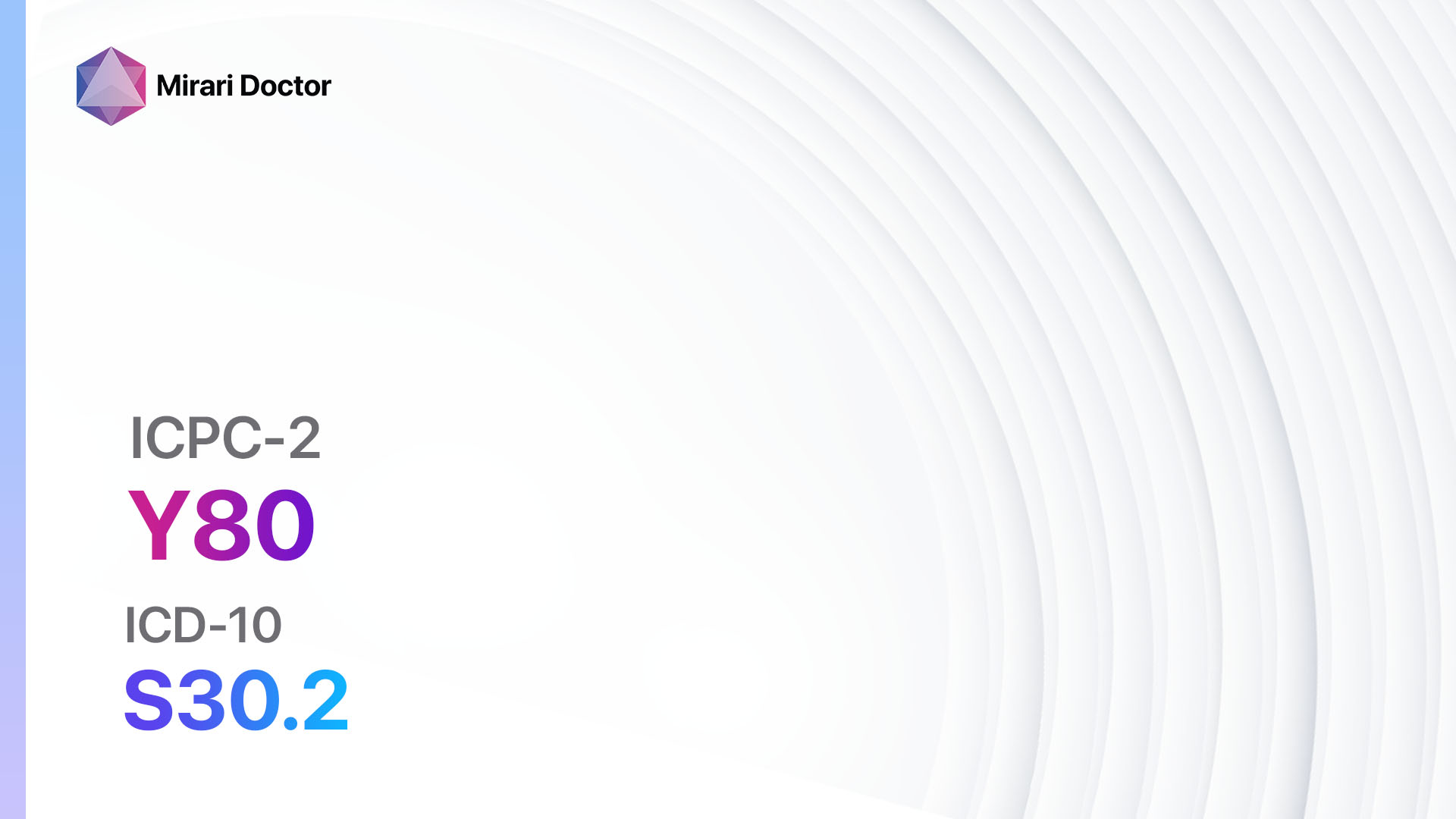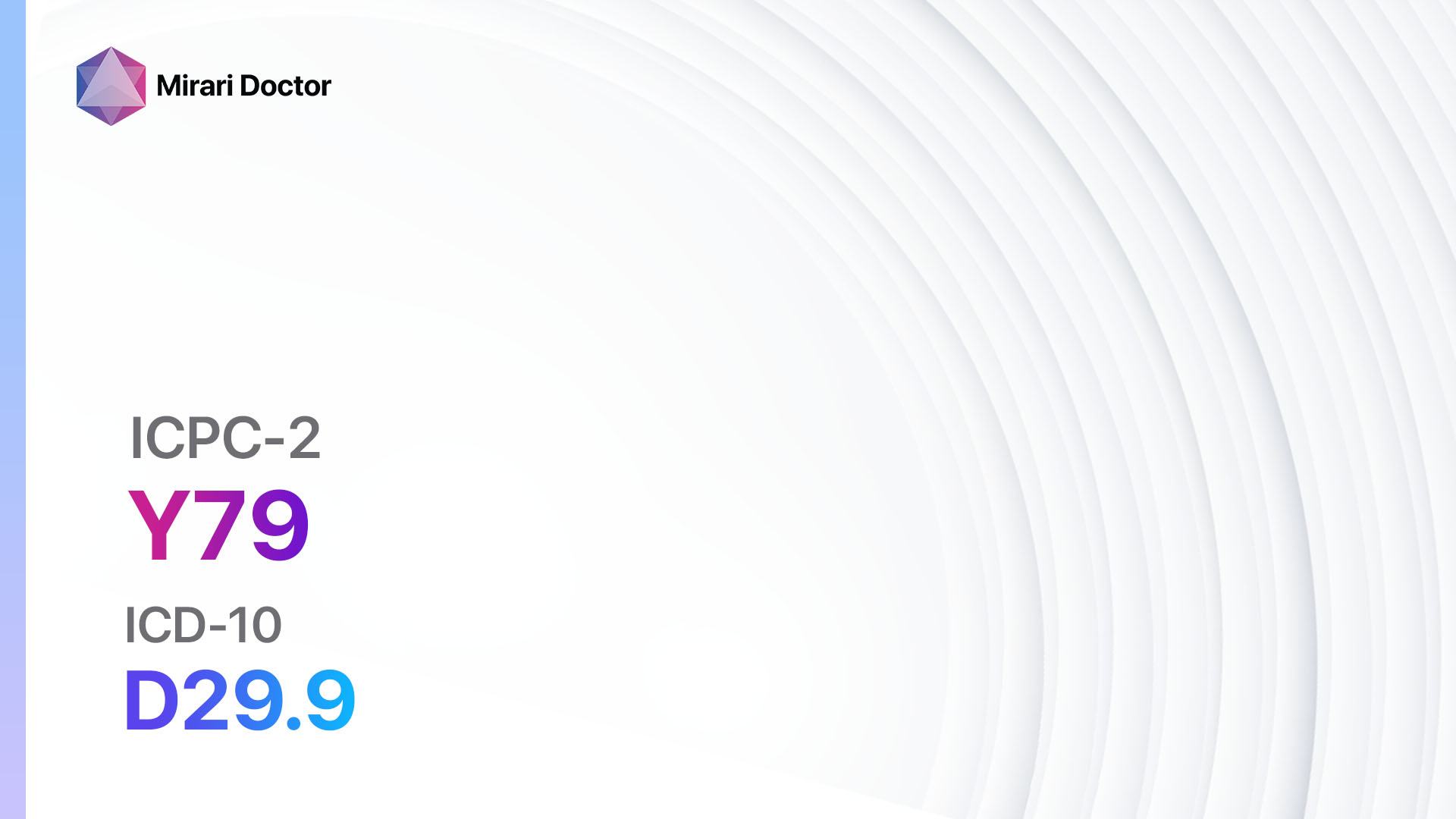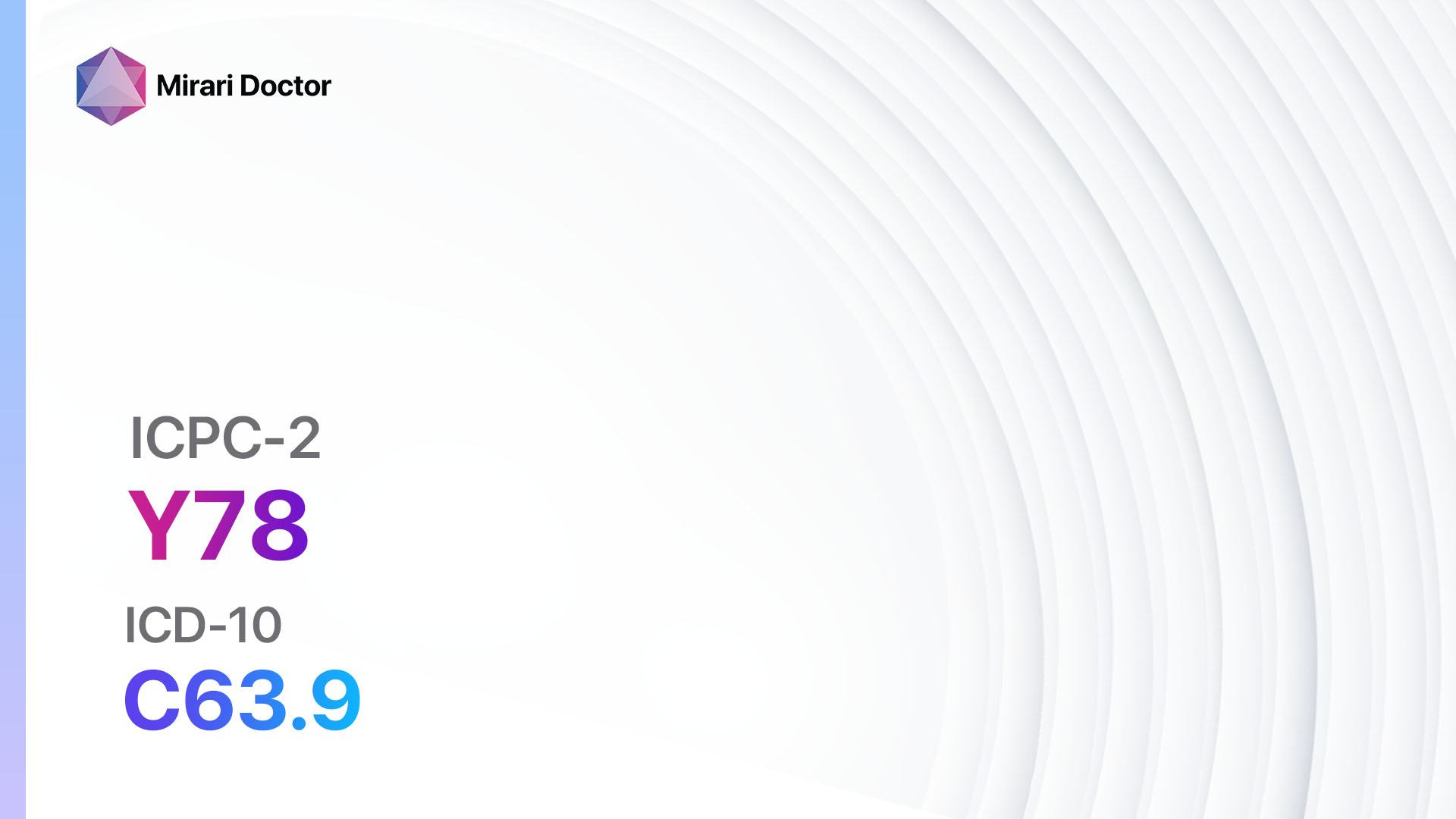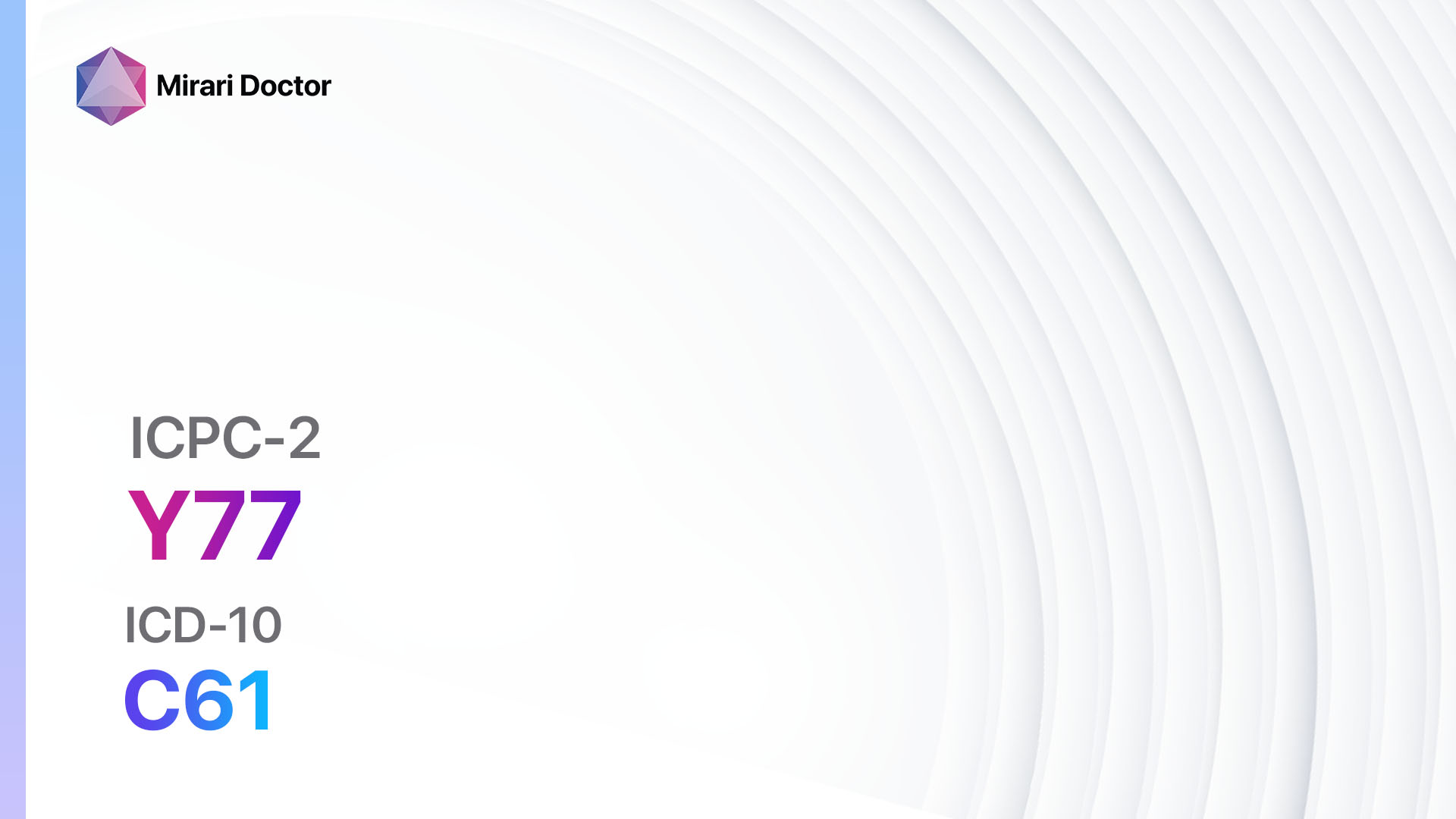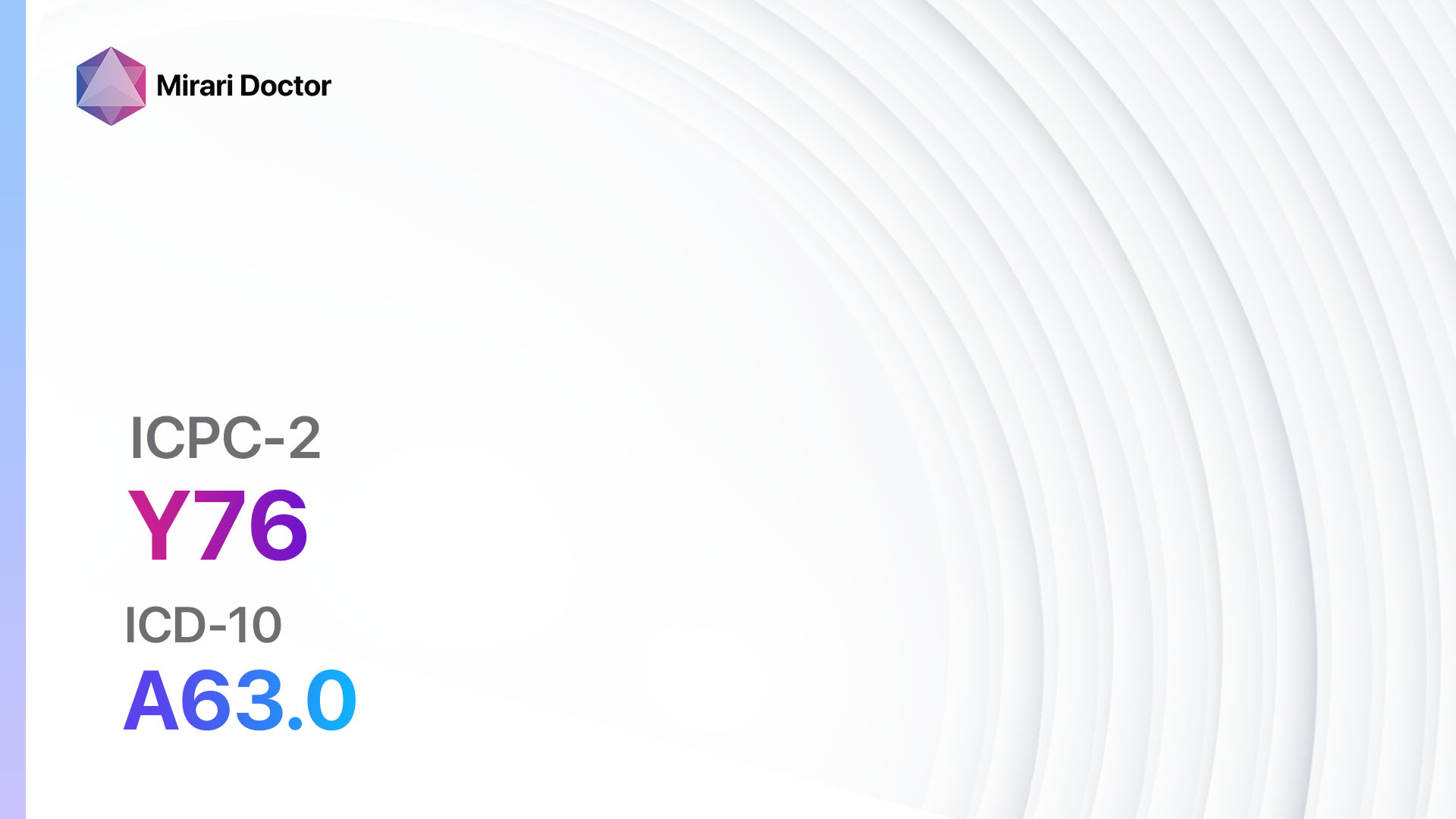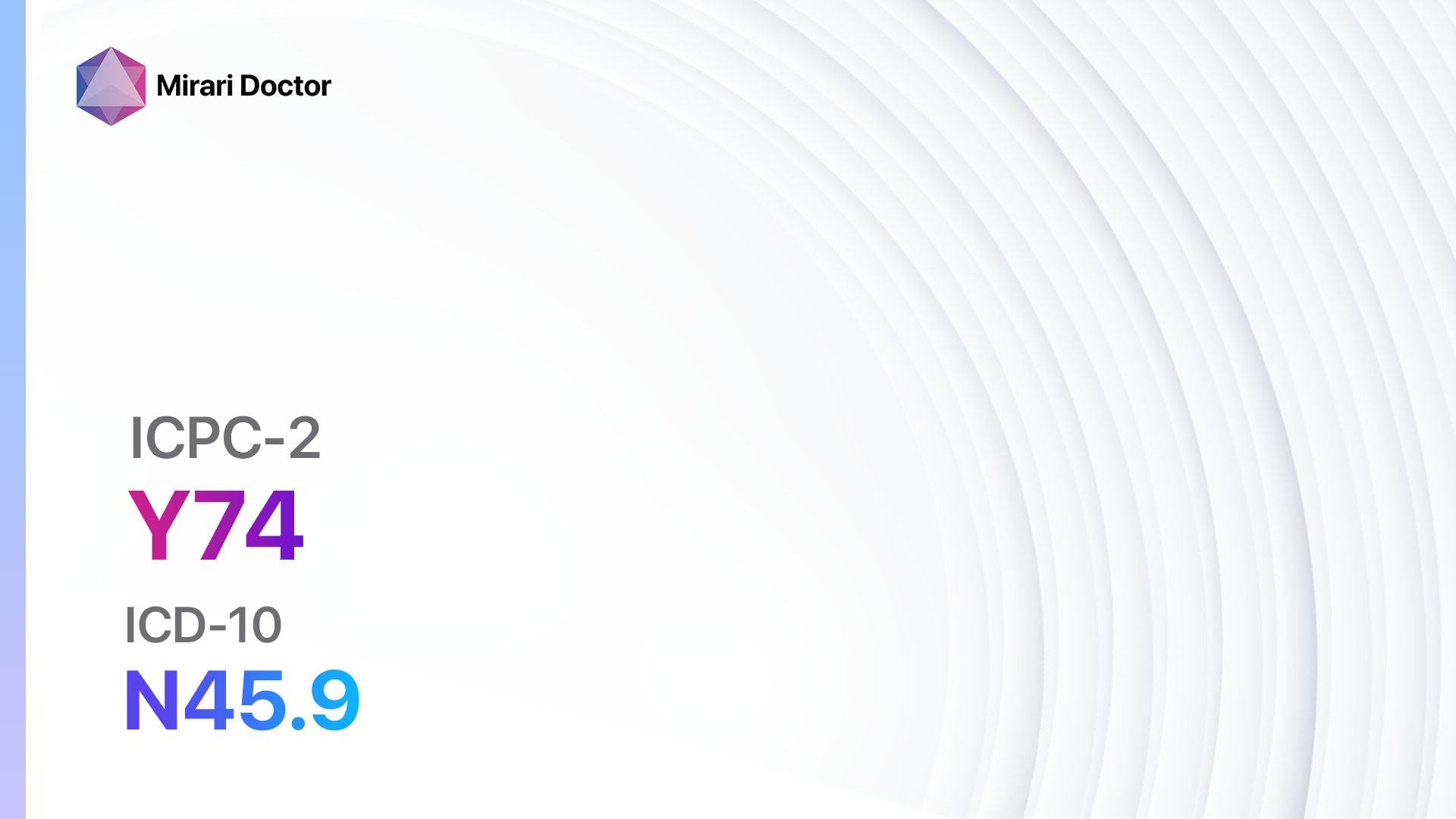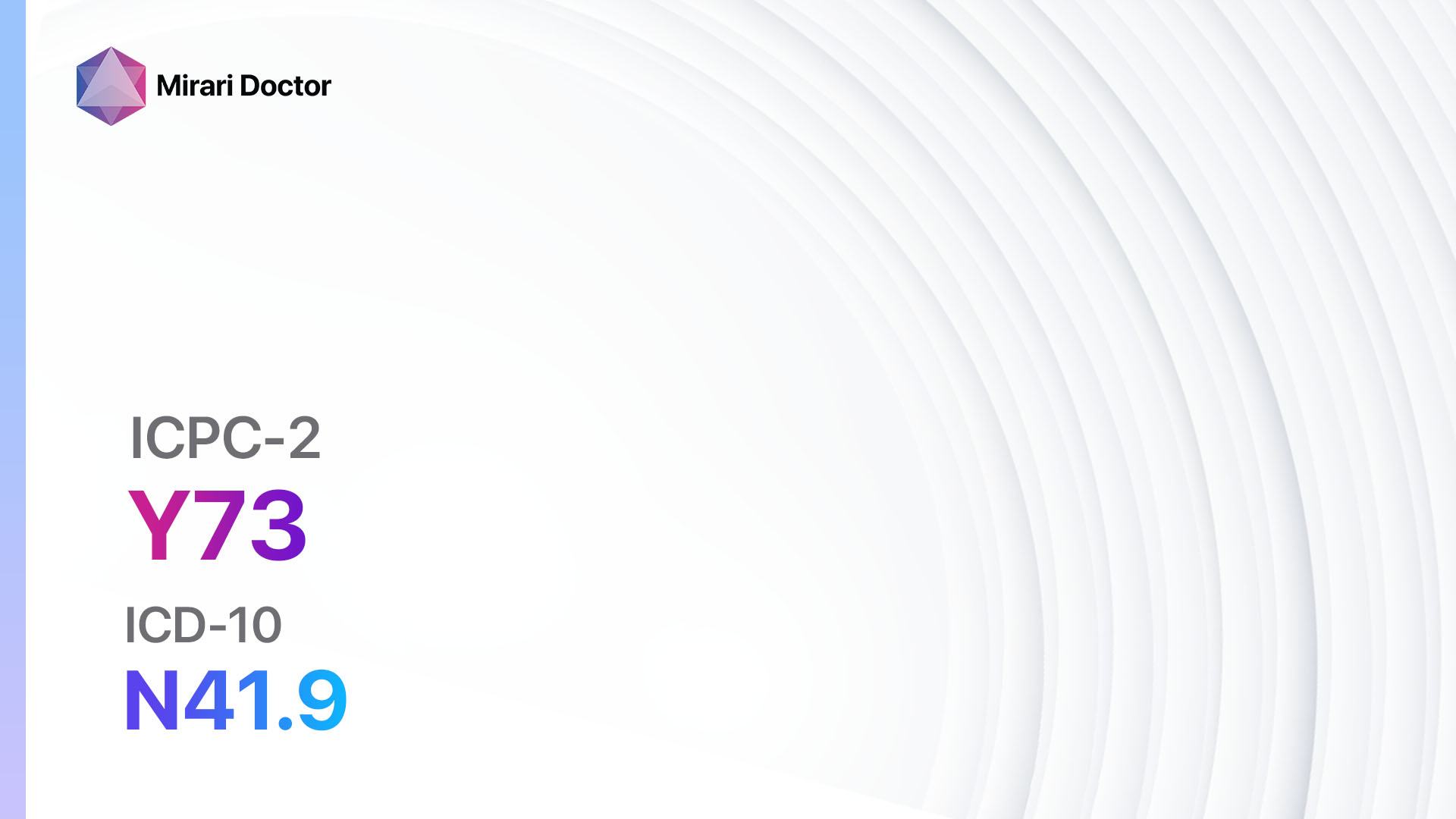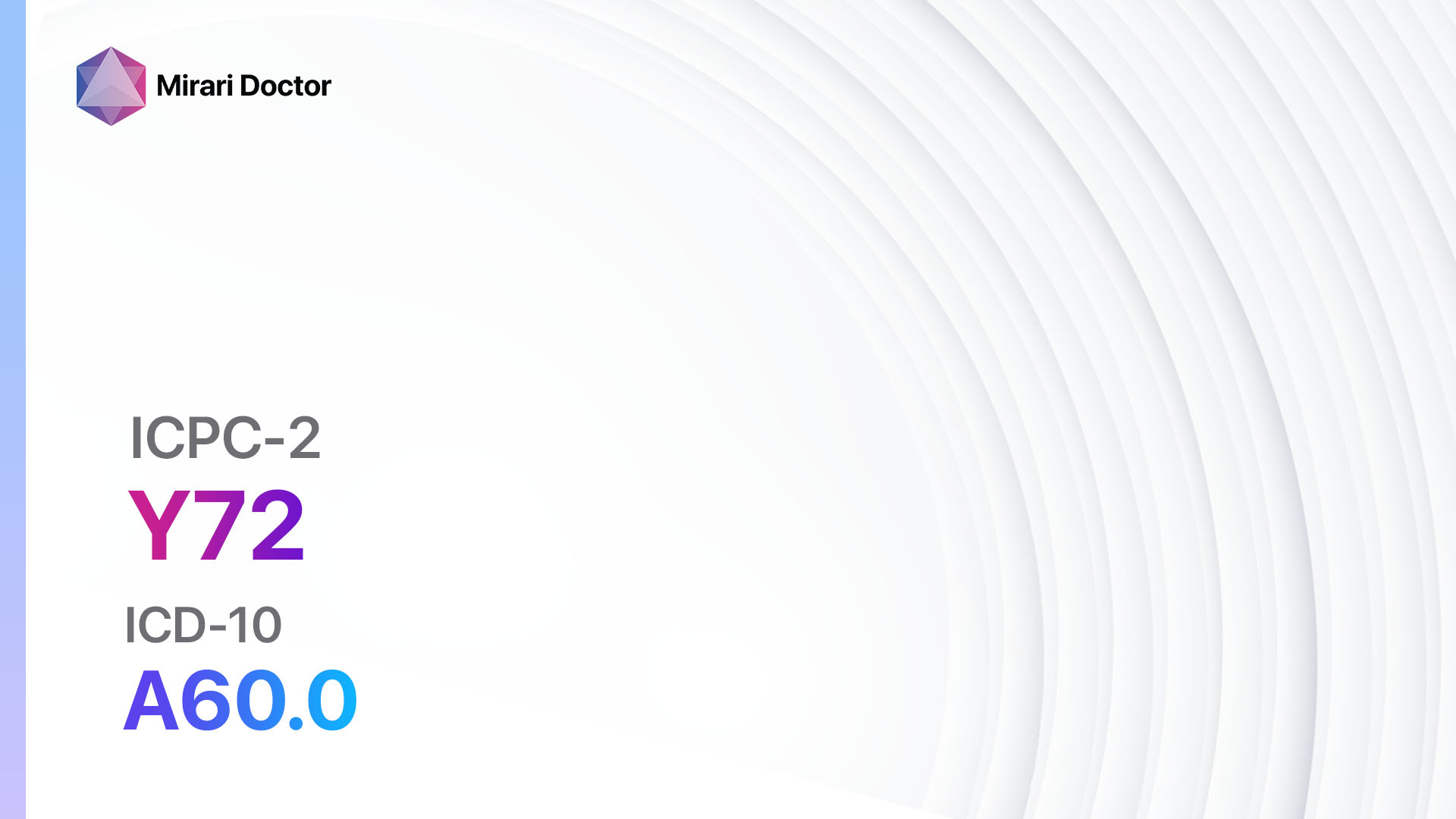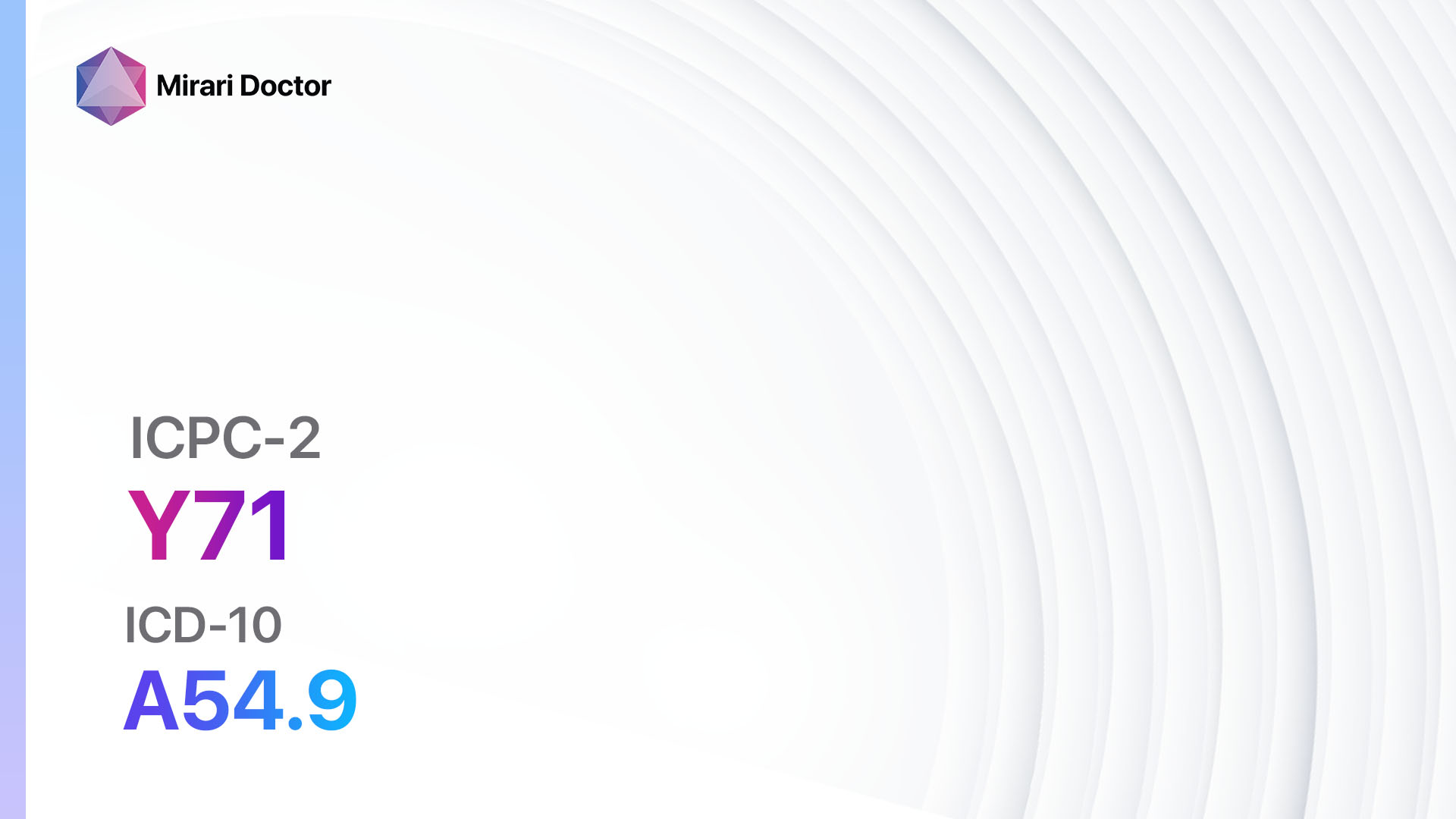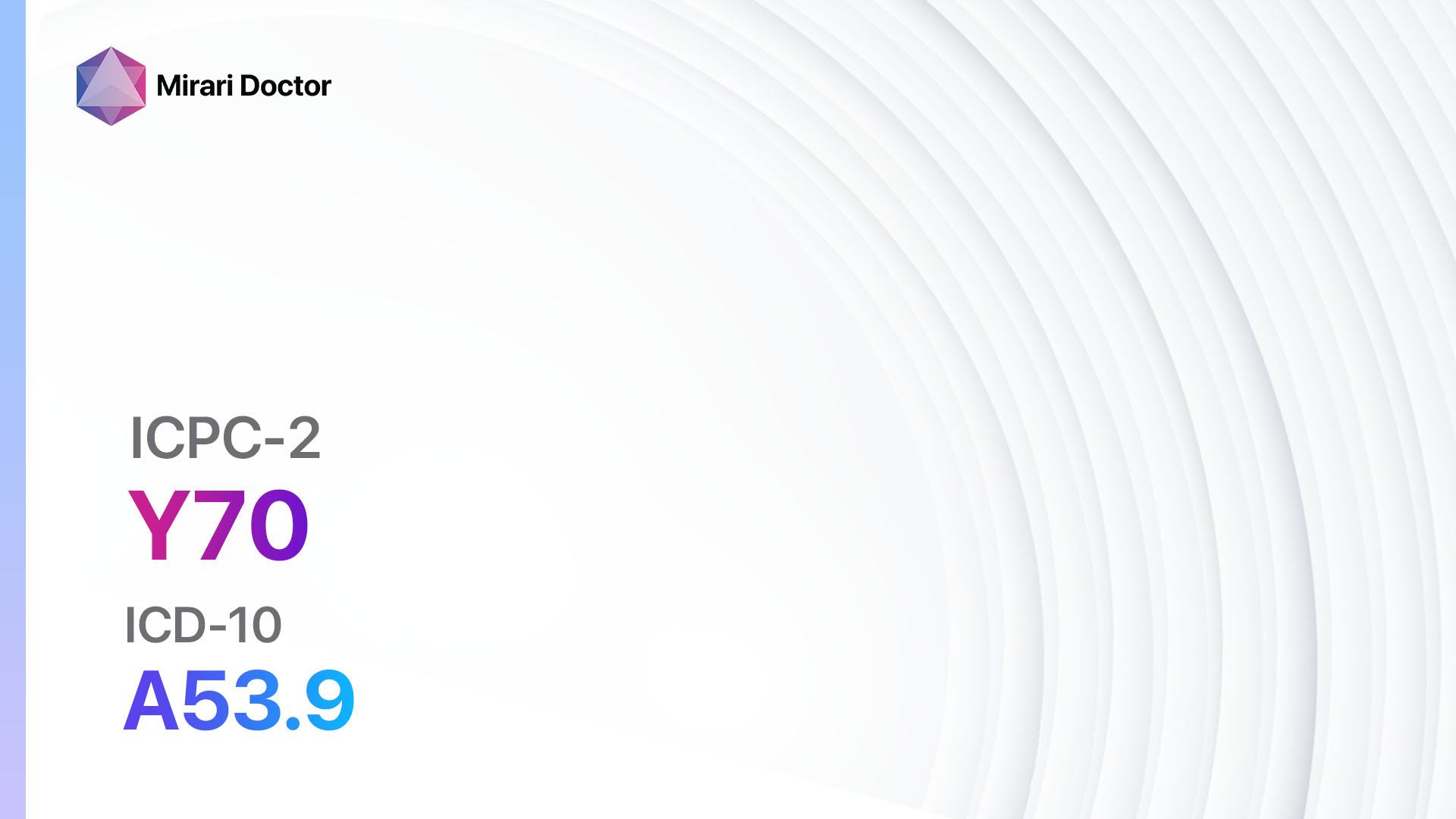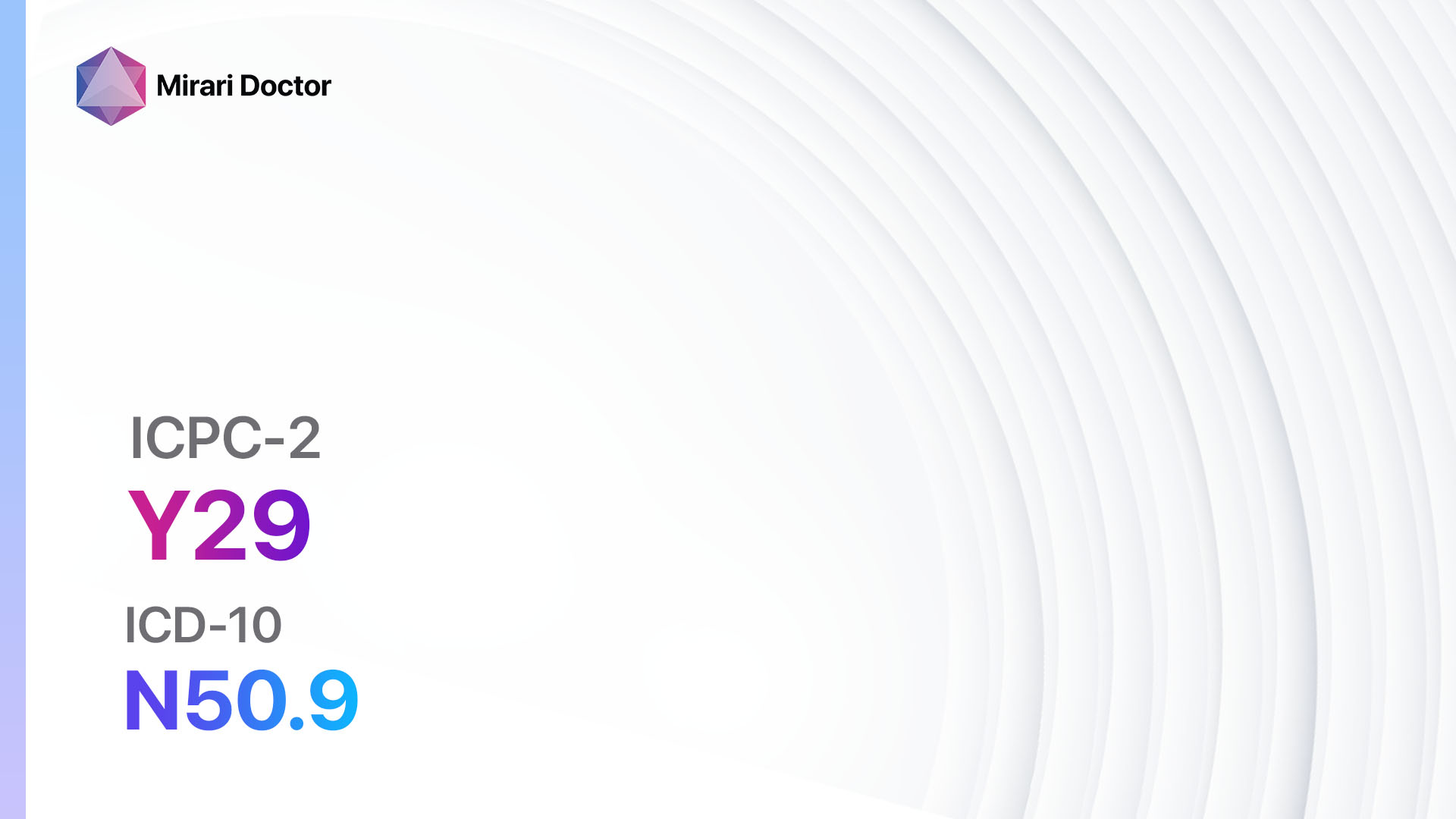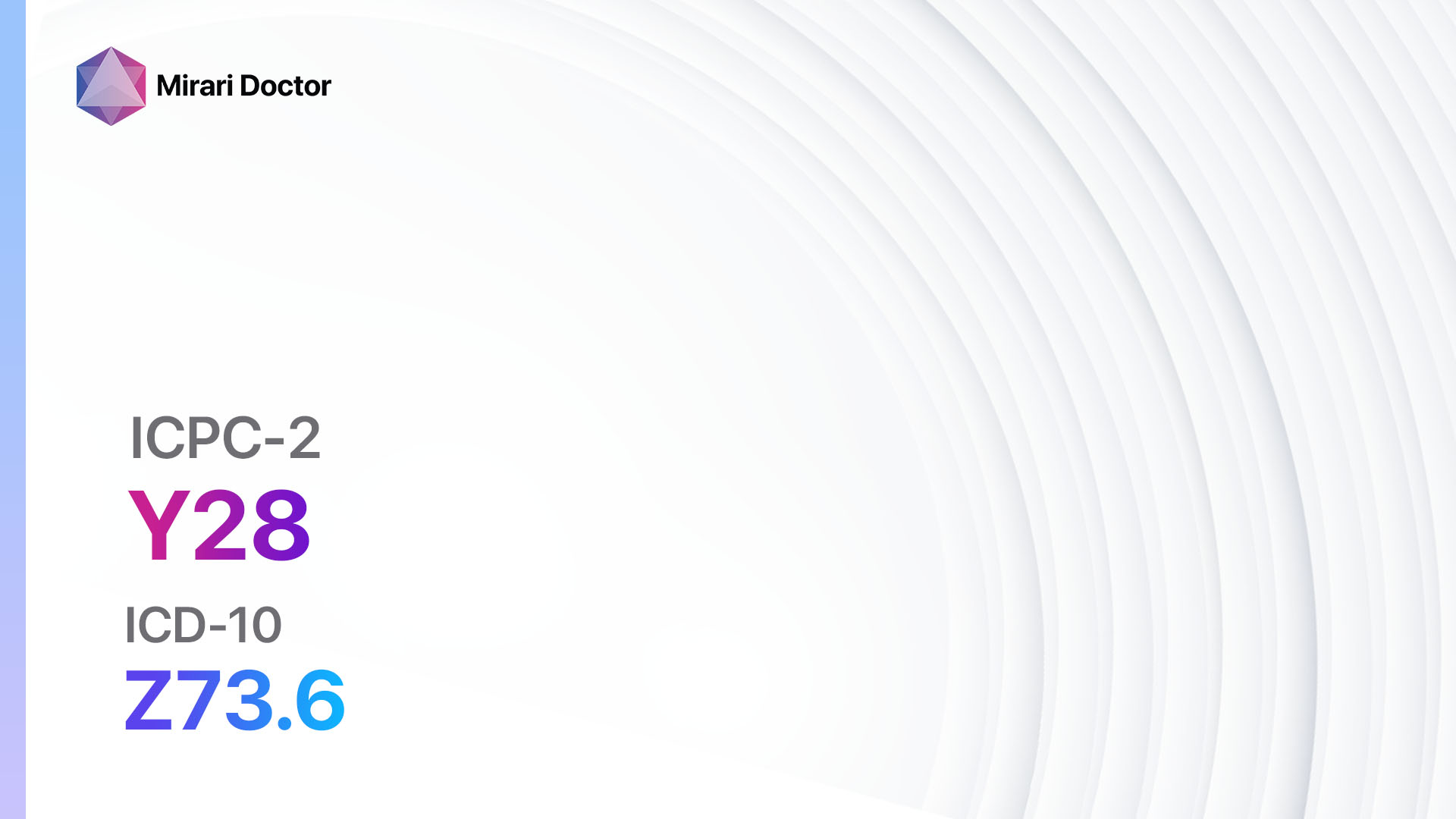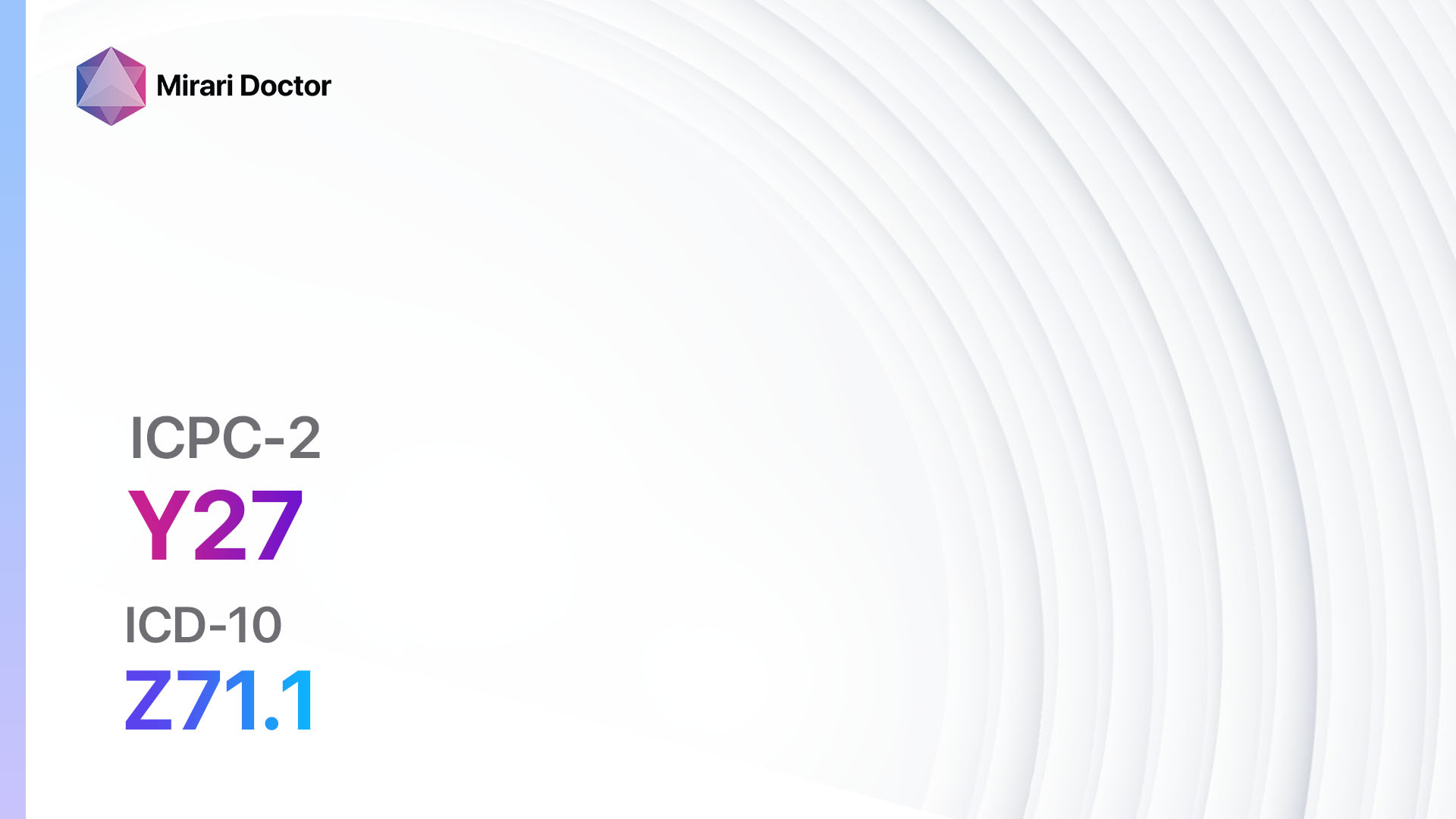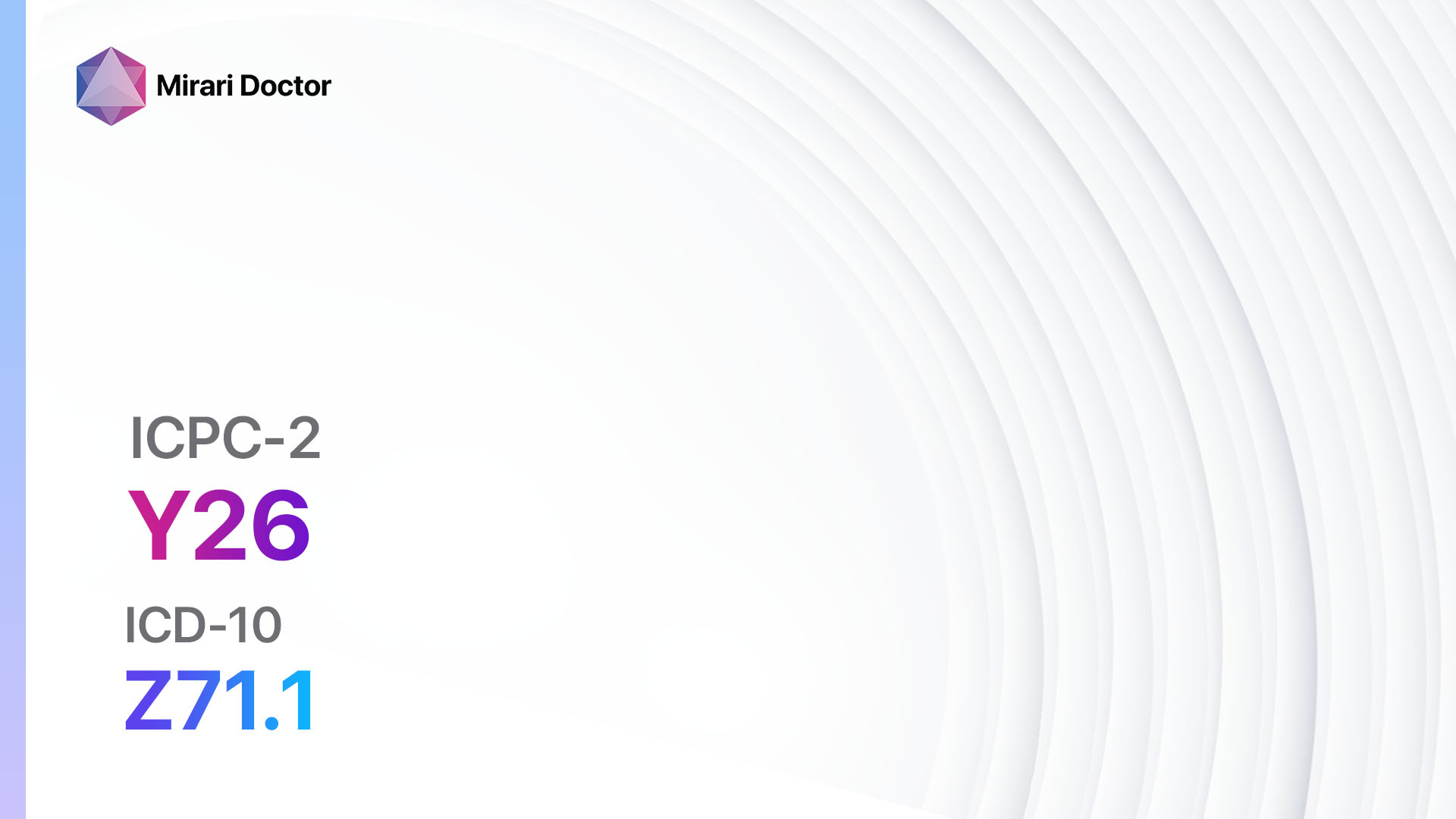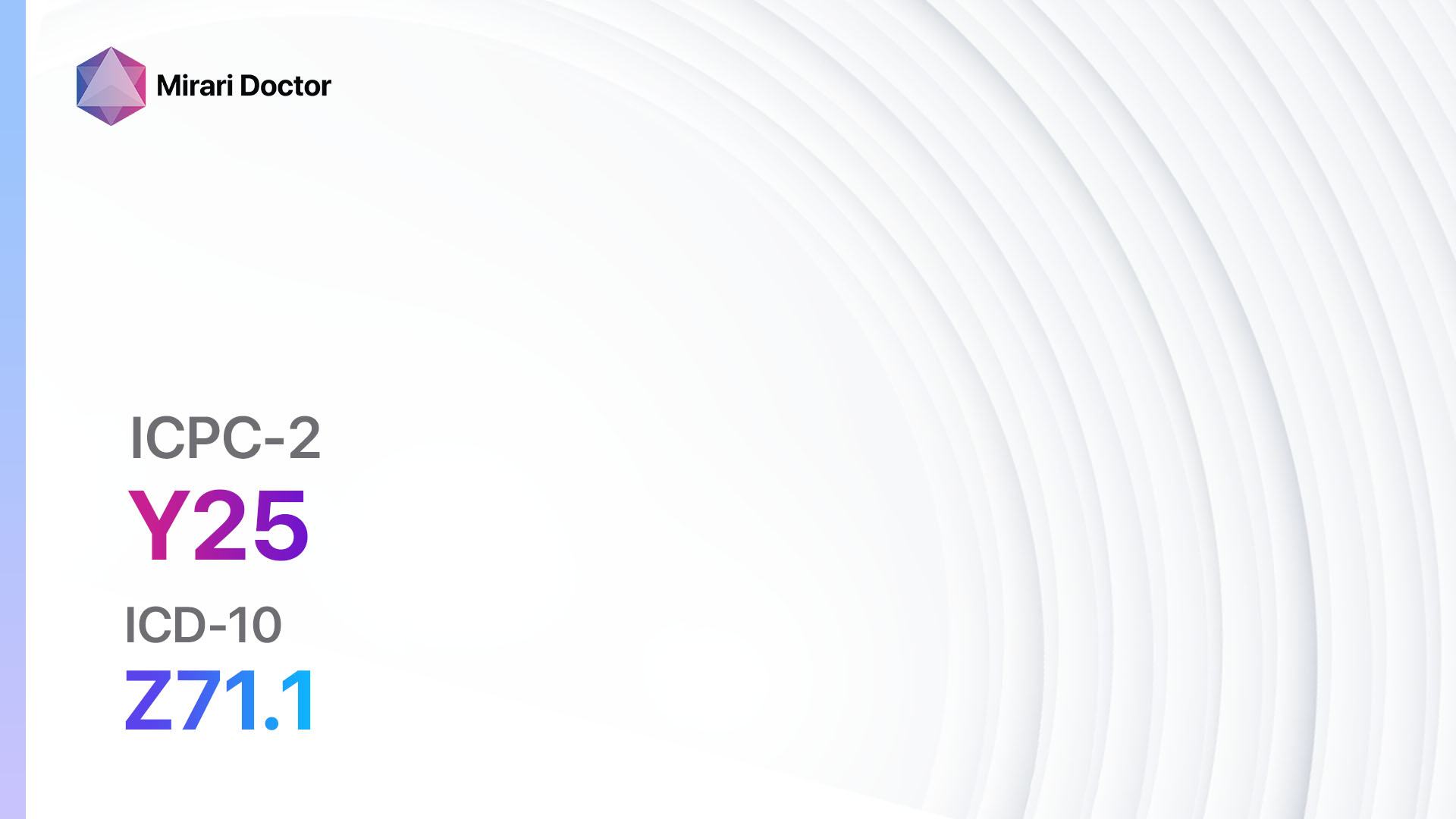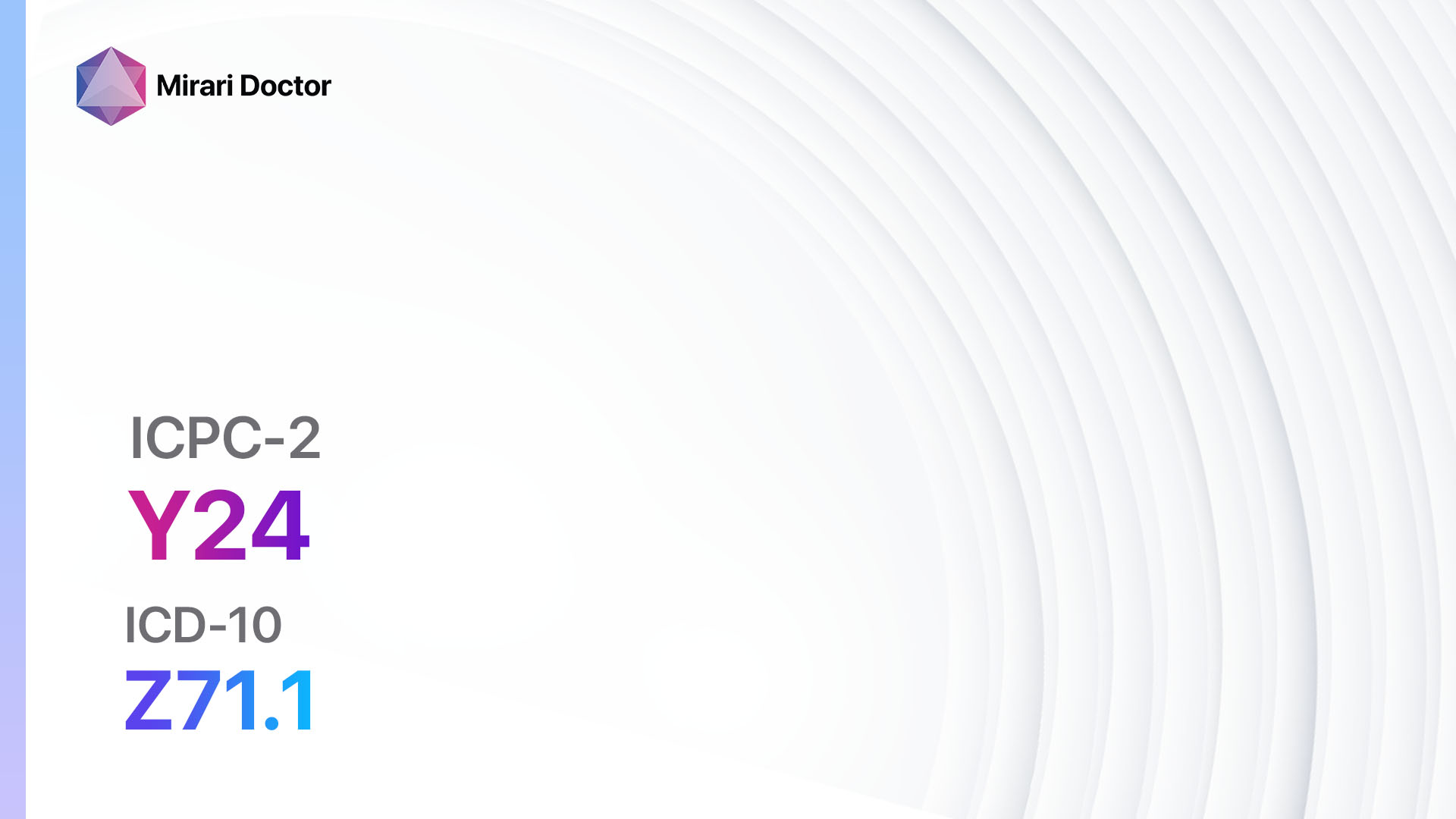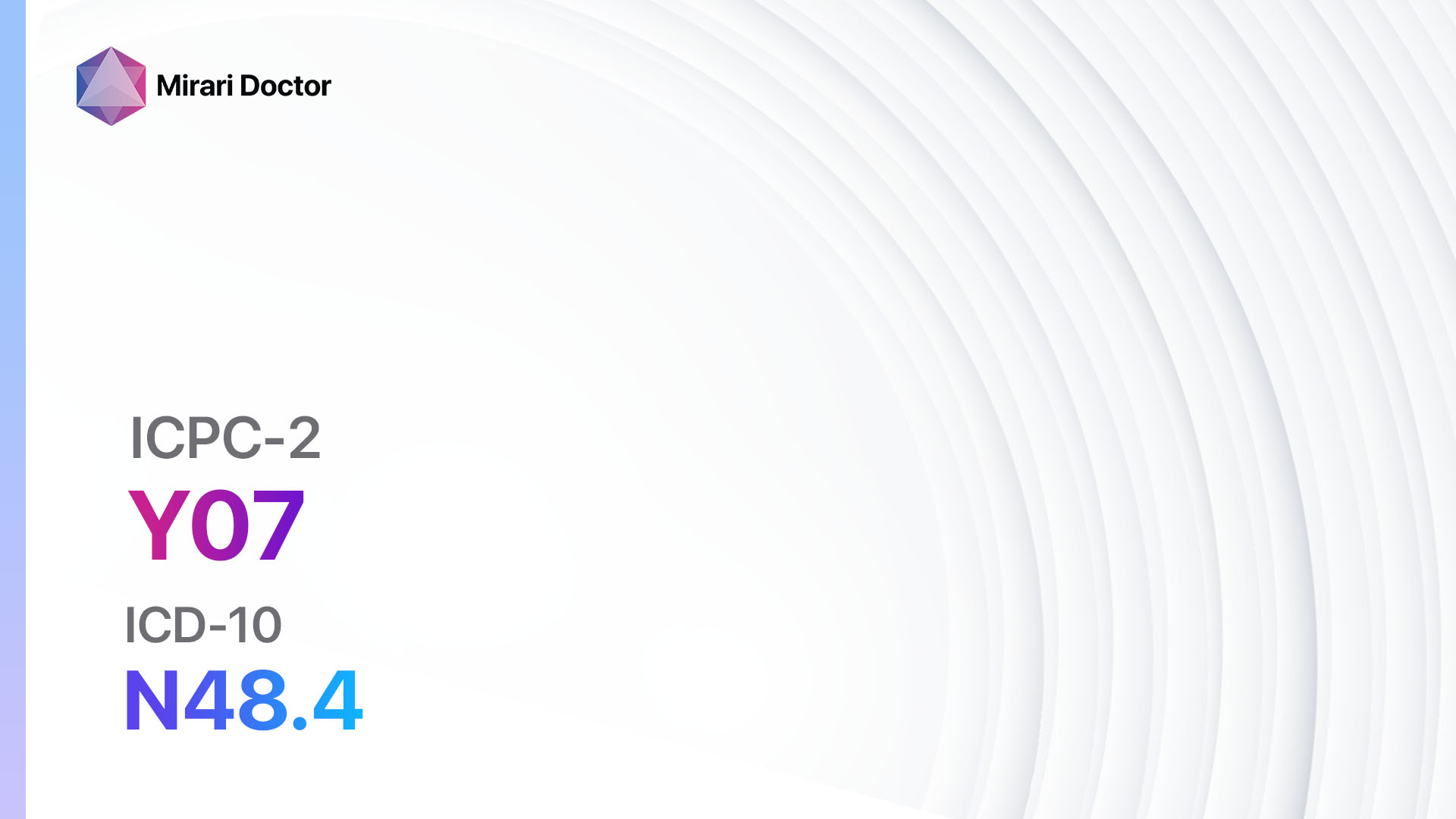
Introduction
Impotence, also known as erectile dysfunction, is a condition characterized by the inability to achieve or maintain an erection sufficient for sexual intercourse. It can have a significant impact on a person’s self-esteem, relationships, and overall quality of life[1]. The aim of this guide is to provide an overview of the symptoms, causes, diagnostic steps, possible interventions, and follow-up care for impotence.
Codes
Symptoms
- Difficulty achieving or maintaining an erection
- Reduced sexual desire or libido
- Premature ejaculation
- Delayed ejaculation
- Inability to achieve orgasm[4]
Causes
- Physical factors:
- Cardiovascular disease
- Diabetes
- Obesity
- High blood pressure
- High cholesterol
- Hormonal imbalances
- Chronic kidney disease
- Multiple sclerosis
- Parkinson’s disease
- Peyronie’s disease (scar tissue inside the penis)
- Sleep disorders
- Substance abuse (alcohol, tobacco, drugs)[5]
- Psychological factors:
- Performance anxiety
- Stress
- Depression
- Relationship problems
- History of sexual abuse
- Low self-esteem[6]
Diagnostic Steps
Medical History
- Gather information about the patient’s sexual history, including previous sexual experiences, frequency of sexual activity, and any recent changes in sexual function.
- Inquire about the presence of any underlying medical conditions, such as cardiovascular disease, diabetes, or hormonal imbalances.
- Assess the patient’s psychological well-being, including any history of anxiety, depression, or relationship problems.
- Ask about the use of medications that may contribute to impotence, such as certain antidepressants or antihypertensive drugs[7].
Physical Examination
- Conduct a thorough physical examination, including a general assessment of the patient’s overall health and vital signs.
- Examine the external genitalia for any abnormalities, such as penile curvature or plaques suggestive of Peyronie’s disease.
- Assess the patient’s cardiovascular system, including checking blood pressure and listening for any abnormal heart sounds.
- Evaluate the patient’s neurological system, focusing on any signs of nerve damage that may contribute to impotence[8].
Laboratory Tests
- Blood tests:
- Testosterone levels: Low testosterone levels can contribute to impotence.
- Lipid profile: High cholesterol levels can increase the risk of cardiovascular disease, which is a common cause of impotence.
- Blood glucose levels: Diabetes is a known risk factor for impotence.
- Hormone tests: Assess the levels of other hormones, such as prolactin and thyroid-stimulating hormone, which can affect sexual function.
- Urine tests: Evaluate kidney function and screen for any urinary tract infections that may contribute to impotence[9].
Diagnostic Imaging
- Penile ultrasound: This non-invasive imaging test can assess blood flow to the penis and detect any abnormalities in the penile arteries or veins.
- Magnetic resonance angiography (MRA): This imaging technique can provide detailed images of the blood vessels in the pelvis and assess blood flow to the penis.
- Pelvic CT scan: This imaging test can help identify any structural abnormalities in the pelvis that may be contributing to impotence[10].
Other Tests
- Nocturnal penile tumescence (NPT) test: This test measures the frequency and strength of nighttime erections to determine if physical factors are contributing to impotence.
- Psychological evaluation: If psychological factors are suspected, a psychological evaluation may be conducted to assess for underlying mental health conditions or relationship problems.
Follow-up and Patient Education
- Schedule follow-up appointments to monitor the effectiveness of interventions and make any necessary adjustments to the treatment plan.
- Provide patient education materials on lifestyle modifications, such as maintaining a healthy weight, exercising regularly, and reducing stress.
- Offer counseling or referral to a mental health professional if psychological factors are contributing to impotence.
- Encourage open communication with the patient’s partner and provide resources for couples therapy if needed.
Possible Interventions
Traditional Interventions
Medications:
Top 5 drugs for Impotence:
- Sildenafil (Viagra):
- Cost: $20-$70 per pill.
- Contraindications: Use of nitrates, severe liver or kidney disease.
- Side effects: Headache, flushing, indigestion.
- Severe side effects: Vision changes, priapism (prolonged erection).
- Drug interactions: Alpha-blockers, certain antifungal medications.
- Warning: Do not take with grapefruit juice.
- Tadalafil (Cialis):
- Cost: $40-$80 per pill.
- Contraindications: Use of nitrates, severe liver or kidney disease.
- Side effects: Headache, back pain, muscle aches.
- Severe side effects: Vision changes, priapism (prolonged erection).
- Drug interactions: Alpha-blockers, certain antifungal medications.
- Warning: Do not take with grapefruit juice.
- Vardenafil (Levitra):
- Cost: $40-$70 per pill.
- Contraindications: Use of nitrates, severe liver or kidney disease.
- Side effects: Headache, flushing, stuffy or runny nose.
- Severe side effects: Vision changes, priapism (prolonged erection).
- Drug interactions: Alpha-blockers, certain antifungal medications.
- Warning: Do not take with grapefruit juice.
- Avanafil (Stendra):
- Cost: $50-$100 per pill.
- Contraindications: Use of nitrates, severe liver or kidney disease.
- Side effects: Headache, flushing, back pain.
- Severe side effects: Vision changes, priapism (prolonged erection).
- Drug interactions: Alpha-blockers, certain antifungal medications.
- Warning: Do not take with grapefruit juice.
- Alprostadil (Caverject, Edex):
- Cost: $40-$100 per dose.
- Contraindications: Allergy to alprostadil, certain heart conditions.
- Side effects: Penile pain, priapism (prolonged erection).
- Severe side effects: Fainting, chest pain.
- Drug interactions: None known.
- Warning: Self-injection requires proper training and technique.
Surgical Procedures:
- Penile implants: Surgically implanted devices that allow for an erection on demand. Cost: $15,000 to $30,000.
- Vascular surgery: Procedures to improve blood flow to the penis, such as arterial bypass or venous ligation. Cost: $10,000 to $20,000.
Alternative Interventions
- Acupuncture: May help improve blood flow and reduce stress. Cost: $60-$120 per session.
- Herbal supplements: Some herbs, such as ginseng and horny goat weed, may have potential benefits for improving erectile function. Cost: Varies depending on the specific supplement.
- Yoga and meditation: Can help reduce stress and improve overall well-being. Cost: Varies depending on the location and instructor.
- Pelvic floor exercises (Kegel exercises): Strengthening the pelvic floor muscles may improve erectile function. Cost: Free.
- Vacuum erection devices: Non-invasive devices that create a vacuum to draw blood into the penis and facilitate an erection. Cost: $100-$300.
Lifestyle Interventions
- Healthy diet: Focus on a diet rich in fruits, vegetables, whole grains, and lean proteins. Cost: Varies depending on food choices.
- Regular exercise: Aim for at least 30 minutes of moderate-intensity exercise most days of the week. Cost: Varies depending on gym membership or equipment.
- Weight loss: Losing excess weight can improve erectile function. Cost: Varies depending on the chosen weight loss method.
- Stress management: Engage in stress-reducing activities, such as meditation, deep breathing exercises, or hobbies. Cost: Varies depending on the chosen activity.
- Limit alcohol and tobacco use: Excessive alcohol consumption and smoking can contribute to impotence. Cost: Varies depending on individual habits.
It is important to note that the cost ranges provided are approximate and may vary depending on the location and availability of the interventions.
Mirari Cold Plasma Alternative Intervention
Understanding Mirari Cold Plasma
- Safe and Non-Invasive Treatment: Mirari Cold Plasma is a safe and non-invasive treatment option for various skin conditions. It does not require incisions, minimizing the risk of scarring, bleeding, or tissue damage.
- Efficient Extraction of Foreign Bodies: Mirari Cold Plasma facilitates the removal of foreign bodies from the skin by degrading and dissociating organic matter, allowing easier access and extraction.
- Pain Reduction and Comfort: Mirari Cold Plasma has a local analgesic effect, providing pain relief during the treatment, making it more comfortable for the patient.
- Reduced Risk of Infection: Mirari Cold Plasma has antimicrobial properties, effectively killing bacteria and reducing the risk of infection.
- Accelerated Healing and Minimal Scarring: Mirari Cold Plasma stimulates wound healing and tissue regeneration, reducing healing time and minimizing the formation of scars.
Mirari Cold Plasma Prescription
Video instructions for using Mirari Cold Plasma Device – Y07 Impotence NOS (ICD-10:N48.4)
| Mild | Moderate | Severe |
| Mode setting: 1 (Infection) Location: 0 (Localized) Morning: 15 minutes, Evening: 15 minutes | Mode setting: 1 (Infection) Location: 0 (Localized) Morning: 30 minutes, Lunch: 30 minutes, Evening: 30 minutes | Mode setting: 1 (Infection) Location: 0 (Localized) Morning: 30 minutes, Lunch: 30 minutes, Evening: 30 minutes |
| Mode setting: 2 (Wound Healing) Location: 0 (Localized) Morning: 15 minutes, Evening: 15 minutes | Mode setting: 2 (Wound Healing) Location: 0 (Localized) Morning: 30 minutes, Lunch: 30 minutes, Evening: 30 minutes | Mode setting: 2 (Wound Healing) Location: 0 (Localized) Morning: 30 minutes, Lunch: 30 minutes, Evening: 30 minutes |
| Mode setting: 5 (Prostatitis Therapy) Location: 2 (Prostate & Uterus) Morning: 15 minutes, Evening: 15 minutes | Mode setting: 5 (Prostatitis Therapy) Location: 2 (Prostate & Uterus) Morning: 30 minutes, Lunch: 30 minutes, Evening: 30 minutes | Mode setting: 5 (Prostatitis Therapy) Location: 2 (Prostate & Uterus) Morning: 30 minutes, Lunch: 30 minutes, Evening: 30 minutes |
| Mode setting: 7 (Immunotherapy) Location: 1 (Sacrum) Morning: 15 minutes, Evening: 15 minutes | Mode setting: 7 (Immunotherapy) Location: 1 (Sacrum) Morning: 30 minutes, Lunch: 30 minutes, Evening: 30 minutes | Mode setting: 7 (Immunotherapy) Location: 1 (Sacrum) Morning: 30 minutes, Lunch: 30 minutes, Evening: 30 minutes |
| Total Morning: 60 minutes approx. $10 USD, Evening: 60 minutes approx. $10 USD | Total Morning: 120 minutes approx. $20 USD, Lunch: 120 minutes approx. $20 USD, Evening: 120 minutes approx. $20 USD, | Total Morning: 120 minutes approx. $20 USD, Lunch: 120 minutes approx. $20 USD, Evening: 120 minutes approx. $20 USD, |
| Usual treatment for 7-60 days approx. $140 USD – $1200 USD | Usual treatment for 6-8 weeks approx. $2,520USD – $3,360 USD | Usual treatment for 3-6 months approx. $5,400 USD – $10,800 USD |
 |
|
Use the Mirari Cold Plasma device to treat Impotence NOS effectively.
WARNING: MIRARI COLD PLASMA IS DESIGNED FOR THE HUMAN BODY WITHOUT ANY ARTIFICIAL OR THIRD PARTY PRODUCTS. USE OF OTHER PRODUCTS IN COMBINATION WITH MIRARI COLD PLASMA MAY CAUSE UNPREDICTABLE EFFECTS, HARM OR INJURY. PLEASE CONSULT A MEDICAL PROFESSIONAL BEFORE COMBINING ANY OTHER PRODUCTS WITH USE OF MIRARI.
Step 1: Cleanse the Skin
- Start by cleaning the affected area of the skin with a gentle cleanser or mild soap and water. Gently pat the area dry with a clean towel.
Step 2: Prepare the Mirari Cold Plasma device
- Ensure that the Mirari Cold Plasma device is fully charged or has fresh batteries as per the manufacturer’s instructions. Make sure the device is clean and in good working condition.
- Switch on the Mirari device using the power button or by following the specific instructions provided with the device.
- Some Mirari devices may have adjustable settings for intensity or treatment duration. Follow the manufacturer’s instructions to select the appropriate settings based on your needs and the recommended guidelines.
Step 3: Apply the Device
- Place the Mirari device in direct contact with the affected area of the skin. Gently glide or hold the device over the skin surface, ensuring even coverage of the area experiencing.
- Slowly move the Mirari device in a circular motion or follow a specific pattern as indicated in the user manual. This helps ensure thorough treatment coverage.
Step 4: Monitor and Assess:
- Keep track of your progress and evaluate the effectiveness of the Mirari device in managing your Impotence NOS. If you have any concerns or notice any adverse reactions, consult with your health care professional.
Note
This guide is for informational purposes only and should not replace the advice of a medical professional. Always consult with your healthcare provider or a qualified medical professional for personal advice, diagnosis, or treatment. Do not solely rely on the information presented here for decisions about your health. Use of this information is at your own risk. The authors of this guide, nor any associated entities or platforms, are not responsible for any potential adverse effects or outcomes based on the content.
Mirari Cold Plasma System Disclaimer
- Purpose: The Mirari Cold Plasma System is a Class 2 medical device designed for use by trained healthcare professionals. It is registered for use in Thailand and Vietnam. It is not intended for use outside of these locations.
- Informational Use: The content and information provided with the device are for educational and informational purposes only. They are not a substitute for professional medical advice or care.
- Variable Outcomes: While the device is approved for specific uses, individual outcomes can differ. We do not assert or guarantee specific medical outcomes.
- Consultation: Prior to utilizing the device or making decisions based on its content, it is essential to consult with a Certified Mirari Tele-Therapist and your medical healthcare provider regarding specific protocols.
- Liability: By using this device, users are acknowledging and accepting all potential risks. Neither the manufacturer nor the distributor will be held accountable for any adverse reactions, injuries, or damages stemming from its use.
- Geographical Availability: This device has received approval for designated purposes by the Thai and Vietnam FDA. As of now, outside of Thailand and Vietnam, the Mirari Cold Plasma System is not available for purchase or use.
References
- Feldman HA, Goldstein I, Hatzichristou DG, Krane RJ, McKinlay JB. Impotence and its medical and psychosocial correlates: results of the Massachusetts Male Aging Study. J Urol. 1994;151(1):54-61.
- World Organization of Family Doctors (WONCA). International Classification of Primary Care, Second edition (ICPC-2). Oxford University Press, 1998.
- World Health Organization. International Statistical Classification of Diseases and Related Health Problems, 10th Revision (ICD-10). Geneva: WHO, 2019.
- Montorsi F, Adaikan G, Becher E, et al. Summary of the recommendations on sexual dysfunctions in men. J Sex Med. 2010;7(11):3572-3588.
- Shamloul R, Ghanem H. Erectile dysfunction. Lancet. 2013;381(9861):153-165.
- McCabe MP, Sharlip ID, Lewis R, et al. Incidence and prevalence of sexual dysfunction in women and men: a consensus statement from the Fourth International Consultation on Sexual Medicine 2015. J Sex Med. 2016;13(2):144-152.
- Hatzimouratidis K, Giuliano F, Moncada I, et al. EAU guidelines on erectile dysfunction, premature ejaculation, penile curvature and priapism. Eur Urol. 2016;70(2):e1-e17.
- Bhasin S, Cunningham GR, Hayes FJ, et al. Testosterone therapy in men with androgen deficiency syndromes: an Endocrine Society clinical practice guideline. J Clin Endocrinol Metab. 2010;95(6):2536-2559.
- Burnett AL, Nehra A, Breau RH, et al. Erectile Dysfunction: AUA Guideline. J Urol. 2018;200(3):633-641.
- Cokkinos DD, Antypa E, Tserotas P, et al. Emergency ultrasound of the scrotum: A review of the commonest pathologic conditions. Curr Probl Diagn Radiol. 2011;40(1):1-14.
Related articles
Made in USA


